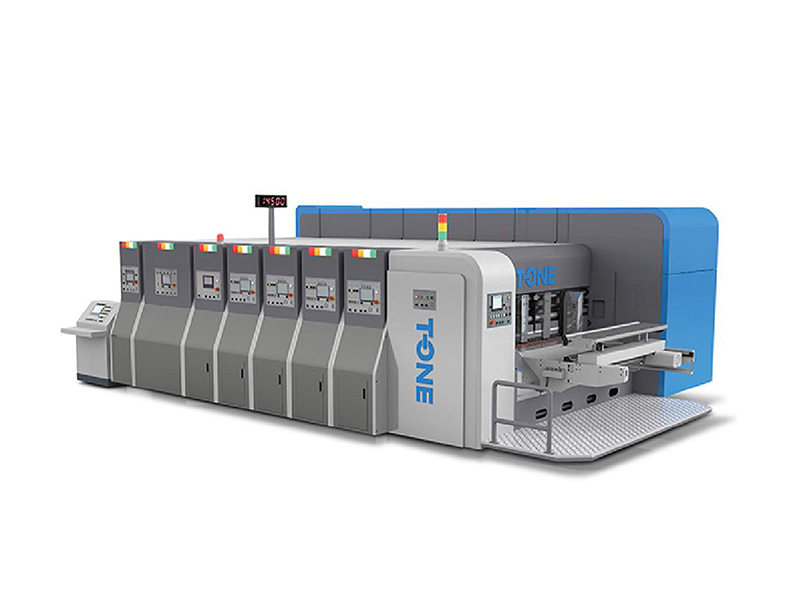
Flex and offset printing are two of the most commonly used printing techniques in the industry. While both methods produce high-quality prints, they differ in several ways. In this article, we will explore the differences between flex and offset printing and help you determine which method is best for your printing needs.
Flex Printing
Flex printing, also known as flexography, is a printing technique that uses flexible relief plates to transfer ink onto a substrate. This method is commonly used for printing on non-porous materials such as plastic, metal, and foil. Flex printing is ideal for high-volume printing jobs as it is fast and cost-effective.
One of the key advantages of flex printing is its ability to print on a variety of materials. This method can produce high-quality prints on materials that are difficult to print on using other methods. Additionally, flex printing allows for precise color registration, making it ideal for printing images and graphics.
Offset Printing
Offset printing, also known as lithography, is a printing technique that uses a flat plate to transfer ink onto a substrate. This method is commonly used for printing on paper and cardboard. Offset printing is ideal for high-quality printing jobs as it produces sharp, clean images with vibrant colors.
One of the key advantages of offset printing is its ability to produce high-quality prints with consistent color accuracy. This method is also ideal for printing large quantities of materials as it is fast and cost-effective.
Differences between Flex and Offset Printing
Flex and offset printing differ in several ways. One of the main differences is the type of materials they can print on. Flex printing is ideal for printing on non-porous materials such as plastic and metal, while offset printing is ideal for printing on paper and cardboard.
Another difference is the level of detail that can be achieved. Flex printing allows for precise color registration, making it ideal for printing images and graphics. Offset printing, on the other hand, produces sharp, clean images with vibrant colors.
Finally, the cost and speed of each method differ. Flex printing is faster and more cost-effective for high-volume printing jobs, while offset printing is ideal for high-quality printing jobs.
Conclusion
In conclusion, both flex and offset printing are effective printing techniques that produce high-quality prints. The choice between the two methods depends on the type of material being printed on, the level of detail required, and the quantity of materials needed. By understanding the differences between flex and offset printing, you can make an informed decision on which method is best for your printing needs.






